When comparing plastic pipe vs pvc, many people wonder if PVC is a type of plastic or something different. The simple answer is that PVC, or polyvinyl chloride, is indeed a specific type of plastic widely used in construction, especially for piping. This leads to common questions like “PVC or plastic which is better?” and “Is PVC stronger than plastic?” Understanding these distinctions helps you in choose the right material for your project.
PVC offers a unique combination of strength, durability, and affordability, which often makes it a preferred choice over other plastics. However, the term “plastic” covers a wide range of materials, each with its advantages and disadvantages. So, while PVC is a plastic, it stands out due to its versatile properties tailored for various applications, especially in plumbing and construction.
Understanding Polyvinyl Chloride (PVC)
The plastic pipe vs pvc is a topic often misunderstood due to the variety of materials and terminology used in plumbing and construction. Polyvinyl Chloride or PVC is a synthetic plastic polymer made by polymerizing vinyl chloride monomers. It is one of the most widely used thermoplastics in the world, thanks to its durability, resistance to moisture, and low production cost.
PVC is naturally rigid but can be made flexible by adding plasticizers, which is why it exists in both hard and soft forms. It is lightweight, easy to mold, and chemically resistant, making it a preferred material in many industries. Beyond plumbing, PVC is commonly used in window frames, medical devices, signage, and electrical cable insulation. Its ability to be tailored to specific applications gives it a significant advantage over some other types of plastics. Whether used for structural, insulation, or decorative purposes, PVC continues to prove its versatility far beyond piping.
How PVC Compares to Other Common Plastics
Plastic pipe vs pvc is a frequent comparison in construction and plumbing discussions. But how does PVC stack up against other plastics like PE (polyethylene), PS (polystyrene), and PP (polypropylene)? Below is a breakdown of how these materials differ in strength, flexibility, durability, and more.
PVC vs. Polyethylene (PE):
When comparing plastic pipe vs pvc, PVC exhibits higher rigidity and strength, whereas PE pipe—especially HDPE pipe—offers superior impact resistance. In terms of flexibility, PE pipe is significantly more adaptable, making it ideal for curved or dynamic installations where bending is necessary. Regarding temperature tolerance, HDPE performs better in colder environments, while PVC remains more stable at moderate temperatures. Both materials show strong chemical resistance, although PE has a slight edge in resisting corrosion. Finally, when it comes to cost, PVC is generally more economical, making it a popular choice for budget-conscious projects.
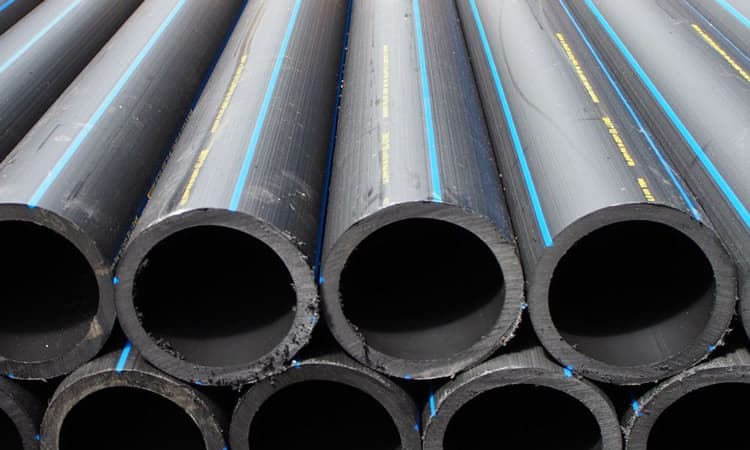
PVC vs. Polystyrene (PS):
Polystyrene (PS) has a lower melting point compared to PVC, which makes it unsuitable for transporting hot fluids. While PS is widely used in packaging applications, it is rarely employed in plumbing systems due to its limited durability. Additionally, PS is more flammable and less resistant to mechanical stress, further restricting its use in construction and piping where safety and strength are critical.
PVC vs. Polypropylene (PP)
When comparing PVC to Polypropylene (PP), both materials have distinct characteristics that suit different applications. PVC offers greater rigidity and tensile strength, making it a preferred choice for structural piping systems where stability is essential. In contrast, PP provides enhanced flexibility and toughness, allowing it to withstand impact and stress better, which is advantageous for applications requiring some elasticity.
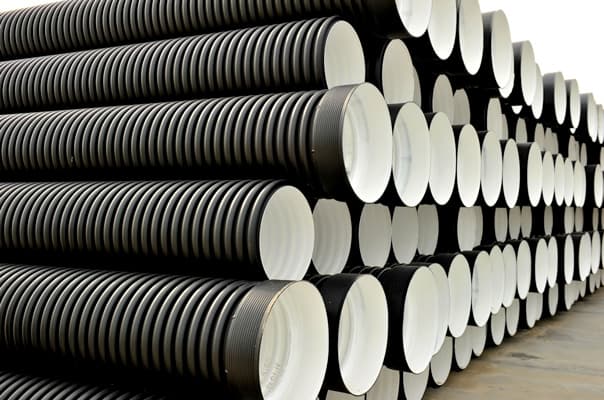
In terms of temperature tolerance, PP excels with a higher melting point, making it suitable for handling hotter fluids compared to PVC, which performs reliably at moderate temperatures. Both materials exhibit excellent chemical resistance, though PP has a slight advantage in environments with aggressive chemicals. Regarding cost, PVC is typically more affordable, making it a cost-effective option for large-scale projects, while PP’s higher price reflects its specialized properties for demanding applications.
| Property | PVC | Polypropylene (PP) | Polystyrene (PS) |
|---|---|---|---|
| Density | 1.3 – 1.45 g/cm³ | 0.9 g/cm³ | 1.04 – 1.06 g/cm³ |
| Toughness | Moderate | High | Low |
| Flexibility | Moderate | High | Low |
| UV Resistance | Low | Moderate | Low |
| Temperature Range | -15°C to 60°C | -10°C to 100°C | -20°C to 80°C |
| Chemical Resistance | Good | High | Moderate |
| Common Uses | Pipes, window frames | Packaging, automotive parts | Packaging, insulation, and disposable items |
| Melting Point | 75-105°C | 160-170°C | 70-100°C |
Major Types of Plastic Pipe: PVC, CPVC, and PEX
The plastic pipe vs pvc is a key topic when choosing piping materials for various applications. Understanding the major types of plastic pipes — PVC, CPVC, and PEX — helps clarify their differences, advantages, and typical uses.
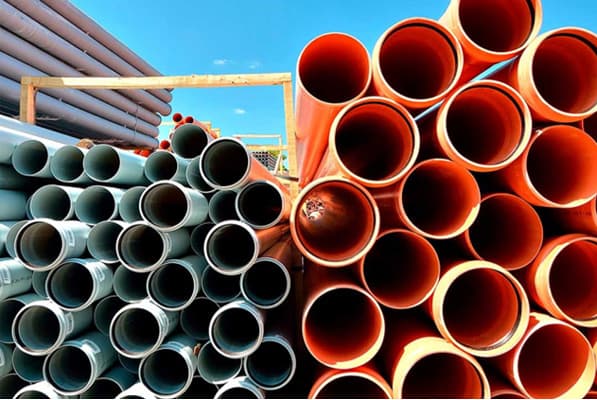
PVC pipe
PVC pipe is the most commonly used plastic pipe, known for its affordability, rigidity, and corrosion resistance. It has historically been popular in water supply and drainage systems. However, its temperature tolerance is limited, which restricts its use in hot water applications.
CPVC (Chlorinated Polyvinyl Chloride)
CPVC (Chlorinated Polyvinyl Chloride) is a chemically modified version of PVC that offers better temperature resistance, up to 200°F (93°C). This makes CPVC suitable for both hot and cold water distribution. It retains PVC’s corrosion resistance while providing more flexibility and higher durability.
PEX (Cross-linked Polyethylene)
PEX (Cross-linked Polyethylene) is a flexible plastic pipe gaining popularity due to its easy installation and high temperature tolerance (up to 200°F). It is widely used in residential plumbing, radiant heating, and other applications where flexibility is an advantage.
| Pipe type | Material | Temperature Range | Flexibility | Common Uses | Chemical Resistance | Cost |
|---|---|---|---|---|---|---|
| PVC | Polyvinyl Chloride | Up to 140°F (60°C) | Low | Cold water, drainage, irrigation | Good | Lowest |
| CPVC | Chlorinated Polyvinyl Chloride | Up to 200°F (93°C) | Low | Hot and cold water distribution | Better than PVC | Moderate |
| PEX | Cross-linked Polyethylene | Up to 200°F (93°C) | High | Hot and cold water distribution, radiant heating | Excellent | Highest |
Comparing Applications: Where Each Pipe Material Excels
Plastic pipe vs pvc are commonly compared when it comes to applications in water service lines, hot and cold water distribution, and Drain-Waste-Vent (DWV) systems. Each material has strengths in different uses, making it essential to understand where PVC, CPVC, and PEX pipes perform best.
- Water service lines: PVC and PE pipes (such as HDPE pipe) are widely used due to their corrosion resistance and low cost.
- Hot and cold water distribution systems: CPVC is preferred for hot water because of its higher temperature tolerance, while PEX is valued for flexibility and ease of installation.
- Drain-Waste-Vent (DWV) systems: PVC pipe is the standard choice for drainage due to its durability and chemical resistance.
PVC’s temperature limitations make it less suitable for high-temperature applications compared to CPVC and PEX. For instance, PVC typically withstands temperatures up to 60°C, whereas CPVC can tolerate up to 90°C and PEX even higher.
| Application | PVC Pipe | CPVC Pipe | PEX Pipe |
|---|---|---|---|
| Water service lines | Good | Moderate | Moderate |
| Hot water distribution | Poor | Excellent | Excellent |
| Cold water distribution | Good | Good | Excellent |
| Drain-Waste-Vent (DWV) systems | Excellent | Moderate | Poor |
| Temperature tolerance | Up to 60°C | Up to 90°C | Up to 100°C |
Exploring Different Categories of PVC Pipe
The plastic pipe vs pvc is often discussed in terms of PVC’s versatility, largely because PVC itself comes in several types with distinct properties suited to various applications. Understanding these categories helps in selecting the right pipe for your project.
- PVC-U (Unplasticised PVC): This is the rigid form of PVC, widely used for drinking water and drainage systems due to its excellent chemical resistance and durability. It does not contain plasticizers, so it maintains stiffness and strength.
- C-PVC (Chlorinated PVC): C-PVC is treated with chlorine to increase heat resistance, making it suitable for hot and cold water supply lines. It withstands temperatures up to about 90°C, higher than PVC-U.
- PVC-O (Molecularly Oriented PVC): PVC-O is processed to align polymer molecules, enhancing strength and impact resistance while keeping the pipe lightweight. It is commonly used in pressure piping systems.
- Modified PVC Types (PVC-M, PVC-HI, PVC-A): These variations improve toughness and impact resistance for specialized uses:
- PVC-M: Modified for improved performance.
- PVC-HI (High Impact): Used in demanding environments such as natural gas and hydrogen pipelines.
- PVC-A: Offers enhanced flexibility and durability.
Beyond Piping: PVC and Plastic in Other Construction Applications
The plastic pipe vs pvc discussions often overlook the broader use of PVC and plastic materials in construction beyond pipes. PVC’s versatility extends into composite decking, cladding, and fencing, where it provides durability and low maintenance.
- Composite Decking: PVC-based composites like Futurewood combine PVC with wood fibers to create decking material that resists rot, insects, and weathering, unlike traditional wood.
- Decorative Cladding and Screen Fencing: PVC panels and planks are widely used for cladding building exteriors and fencing due to their ease of installation and minimal upkeep.
- Benefits of PVC Decking: These include resistance to moisture, UV rays, and impact, along with requiring less frequent painting or sealing compared to wood alternatives.
Durability, Safety, and Environmental Aspects
- Average Lifespan: PVC pipes typically last 50-70 years under normal conditions. CPVC offers similar longevity but is better suited for hot water systems. PEX pipes also provide durability with a lifespan of around 40-50 years.
- Safety for Drinking Water: PVC, CPVC, and PEX pipes are all certified safe for potable water when meeting NSF/ANSI/CAN 61 standards. These certifications ensure they do not leach harmful substances into the water supply.
- Recyclability: PVC is recyclable, though recycling rates vary by region. While HDPE pipes are generally easier to recycle, ongoing advancements are improving PVC recycling technologies.
| Property | PVC Pipe | CPVC Pipe | PEX Pipe |
|---|---|---|---|
| Lifespan | 50-70 years | 50-70 years | 40-50 years |
| Hot Water Resistance | Moderate | High | High |
| Certification | NSF/ANSI/CAN 61 | NSF/ANSI/CAN 61 | NSF/ANSI/CAN 61 |
| Recyclability | Moderate | Moderate | High |
Conclusion
When considering plastic pipe vs pvc for your project, choosing the right material hinges on your specific needs, budget, and environmental factors. PVC pipe is widely favored for its excellent balance of strength, durability, and cost-effectiveness, making it a strong contender in many rigid piping applications. However, alternatives such as HDPE pipe and PEX provide superior flexibility and chemical resistance, which can be crucial depending on the use case. While PVC is generally stronger than many plastics used in rigid piping, flexible plastics offer unique advantages that should not be overlooked. Ultimately, the decision comes down to factors like temperature tolerance, water safety certifications, lifespan expectations, and installation requirements. By carefully weighing these elements, you can select the most appropriate pipe material—whether PVC, CPVC, or other plastics like HDPE—to ensure a reliable, safe, and economical solution for your plumbing or construction needs.

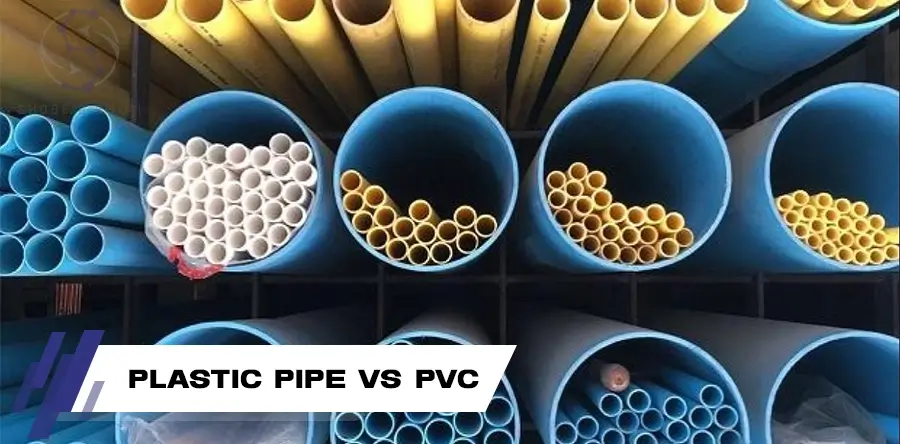
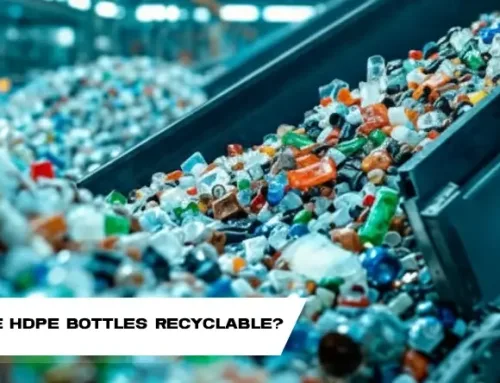
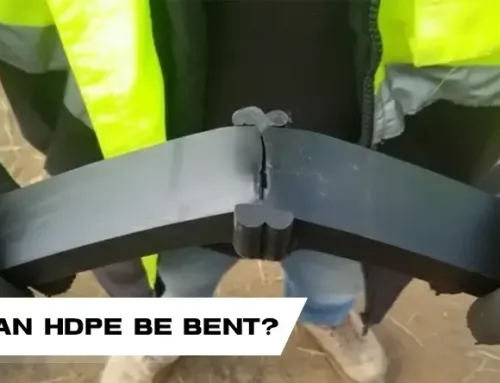
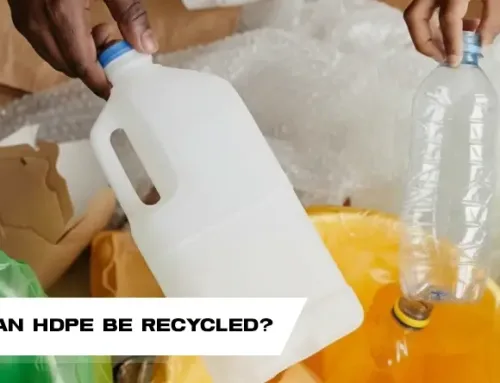

Leave A Comment